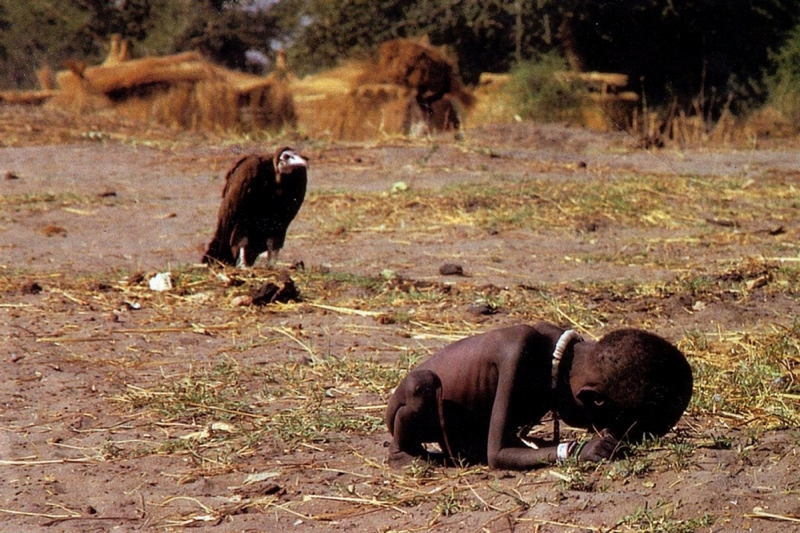Newseum
by Ruth Scherschel
Huge windows. Tons of open space. Millions of beams of light filtering in, softly illuminating the numerous exhibits waiting to be explored like a photo album filled with photographic treasures, memories, and moments from the past. This is the beautiful and wondrous Newseum, an amazing museum dedicated to journalism.
The Newseum has always been an exciting stop for me in Washington D.C. The many exhibits are always impactful and interesting, as they help me to further understand the events going on the in the world around me as well as events of the past. I always leave wishing that I had time to stay and learn about our world for longer!
One of my favorite permanent exhibits of the Newseum is the Pulitzer Prize Photography exhibit which contains every single Pulitzer Prize winning photograph since 1942. The photos are all images of such raw emotion and beautiful moments that are so hard to capture with anything else besides a photograph. As an aspiring photographer, the people who took these photos are amazing humans in my eyes. They have gone to places and seen both horrible and beautiful things, and were then able to capture the events going on around them in an incredible way with a single picture. I want to be able to take a photo like that, a photo that makes people feel.
 A huge part of a photo to me is the story behind it, and the photography exhibit at the Newseum displays that part really well. Next to every picture is a panel inscribed with the name of the photographer, the place the photo was taken, and the story behind it. One particular photograph that really affected me the first time I saw it was a photo taken by Kevin Carter. It is of a small, severely emaciated African girl curled up in a ball. A fat vulture is perched in the background, eyes trained on the little girl like death itself, waiting to take her soul. This photograph was first published in the New York Times and received a huge reaction from the general public wanting to know why Carter had taken a picture but hadn’t helped the little girl. Carter generally photographed pretty horrible scenes in Africa, and he carried the emotions that came with those photos around with him all the time. Taking this photo and having to live with the guilt of not helping her (he had been told to never touch the people there in case of disease) was like a last straw. On July 27, 1994, Kevin Carter committed suicide.
A huge part of a photo to me is the story behind it, and the photography exhibit at the Newseum displays that part really well. Next to every picture is a panel inscribed with the name of the photographer, the place the photo was taken, and the story behind it. One particular photograph that really affected me the first time I saw it was a photo taken by Kevin Carter. It is of a small, severely emaciated African girl curled up in a ball. A fat vulture is perched in the background, eyes trained on the little girl like death itself, waiting to take her soul. This photograph was first published in the New York Times and received a huge reaction from the general public wanting to know why Carter had taken a picture but hadn’t helped the little girl. Carter generally photographed pretty horrible scenes in Africa, and he carried the emotions that came with those photos around with him all the time. Taking this photo and having to live with the guilt of not helping her (he had been told to never touch the people there in case of disease) was like a last straw. On July 27, 1994, Kevin Carter committed suicide.
It is so sad and deeply distressing to me that there are so many awful things happing in this world caused by humans hurting other humans, and that the side effects not only destroy our world but destroy the human spirit too. The story of Kevin Carter is a horribly great example of what this type of destruction can do to the human spirit. Carter had immersed himself so completely into his photography that the emotions and the grief over all the scenes he had witnessed had become a part of him. This is just one of the many beautiful, inspiring, and somber stories behind the many pictures in the Newseum’s Pulitzer Prize-winning Photography exhibit.
In addition to photography, the Newseum has exhibits on the Berlin Wall, 9/11, pets of the presidents, media through history (radio, television, etc.), and many entertaining and engaging activities for kids to do. They include a pretend teleprompter, mysteries to solve, games to play, and even a virtual reality station where the goggles let you see other parts of the world all around you.
After visiting the Newseum, I came away with a sense of how big our earth is and how one photograph can help to change the world. A lot of the time people don’t fully understand the small details of conflicts around the world, just the big picture, and photographs are a great way for photojournalists to document and bring awareness to the small nooks and crannies in the story of war. The parts that not only show sorrow, pain, and despair, but friendship, love, and hope. The parts that bring encouragement to the people in the situation, as well as the parts that help show the rest of the world that the people in these horrible positions are human just like us. By sharing one photo that shows any of these things—a photo that makes people feel, one that makes them feel called to action—the world has been changed, if only by just a bit. If the world can be empowered by a single photograph, imagine what an album like the Newseum can do.
